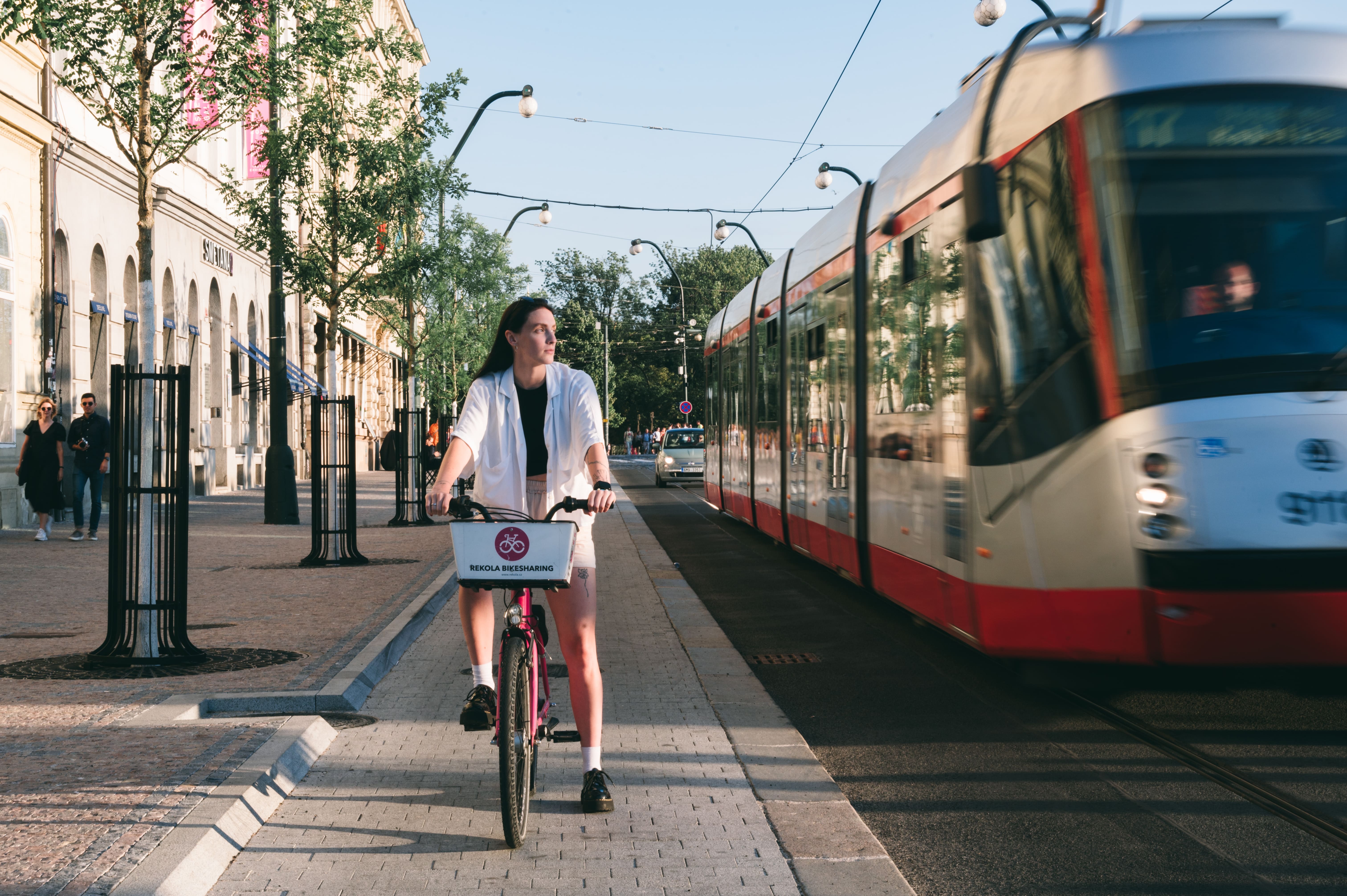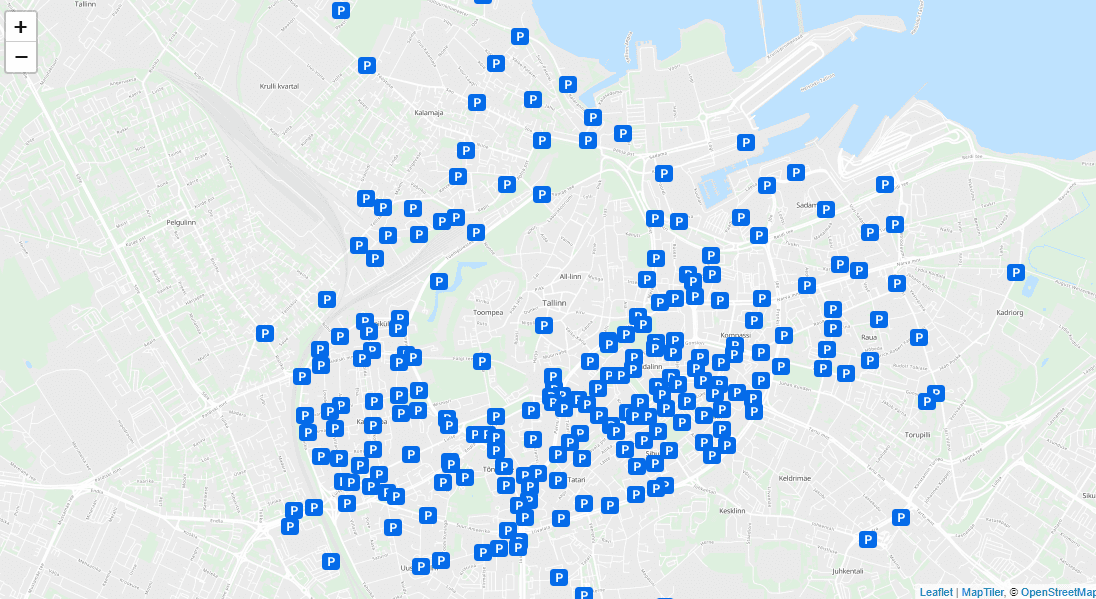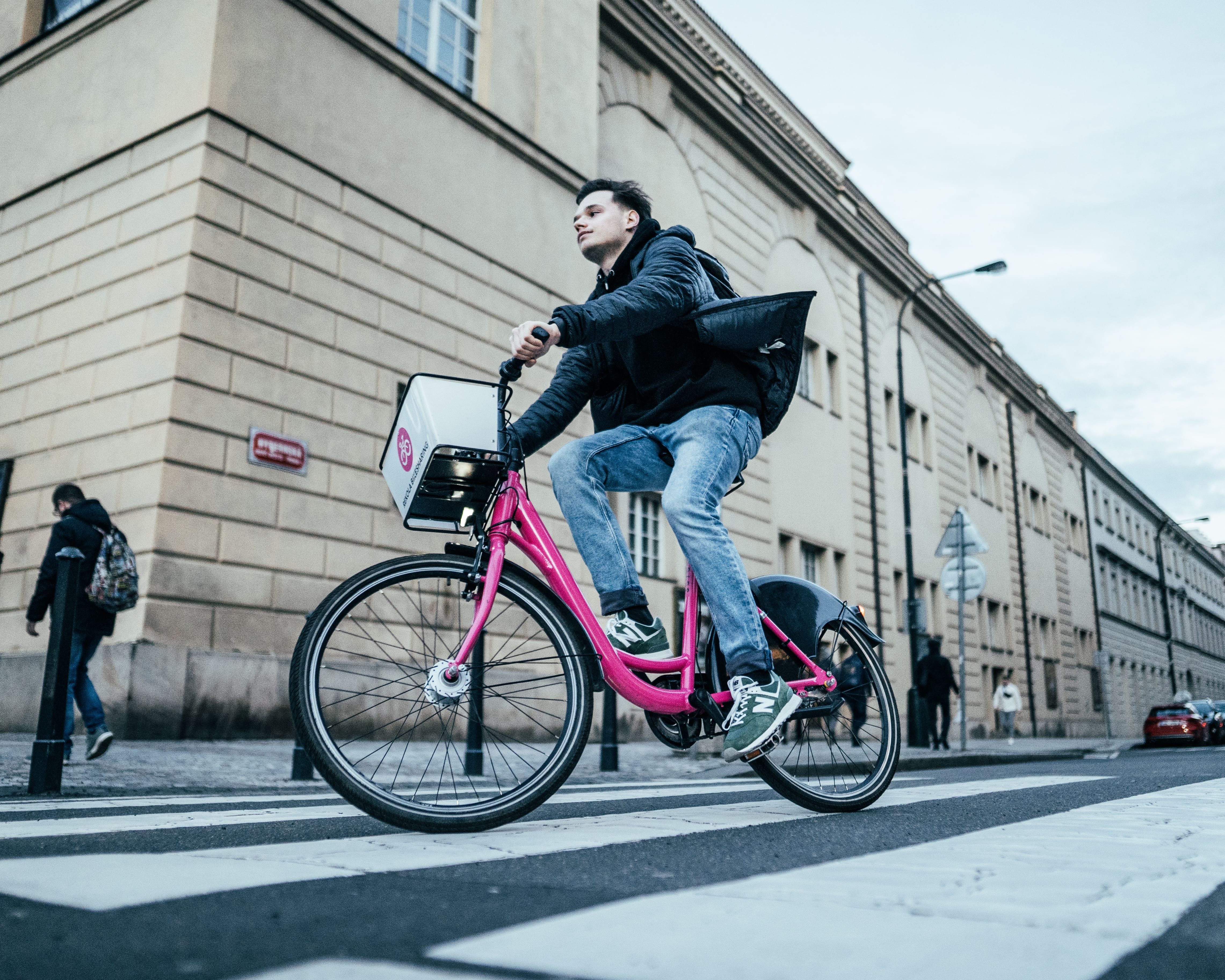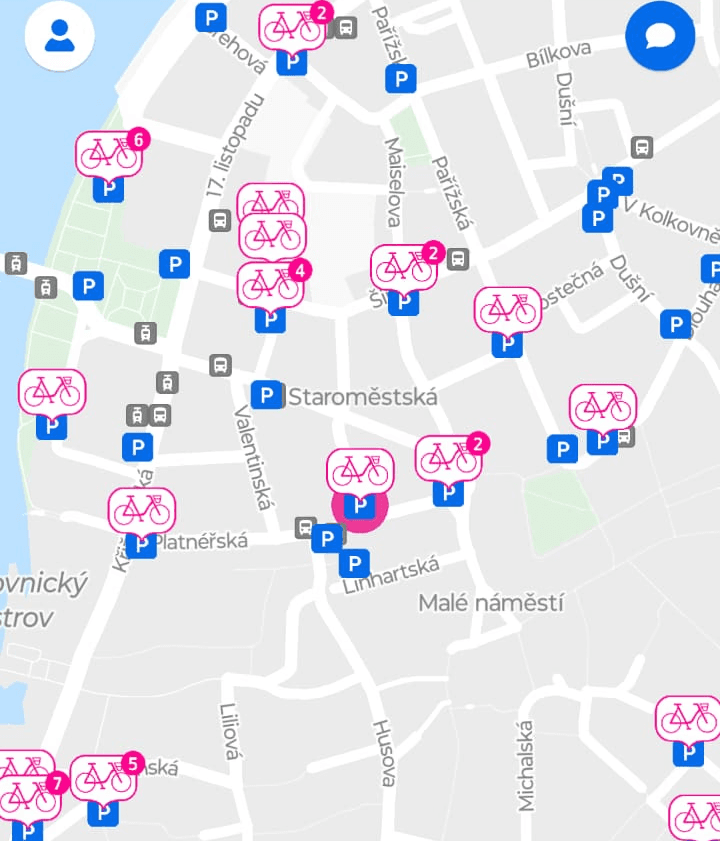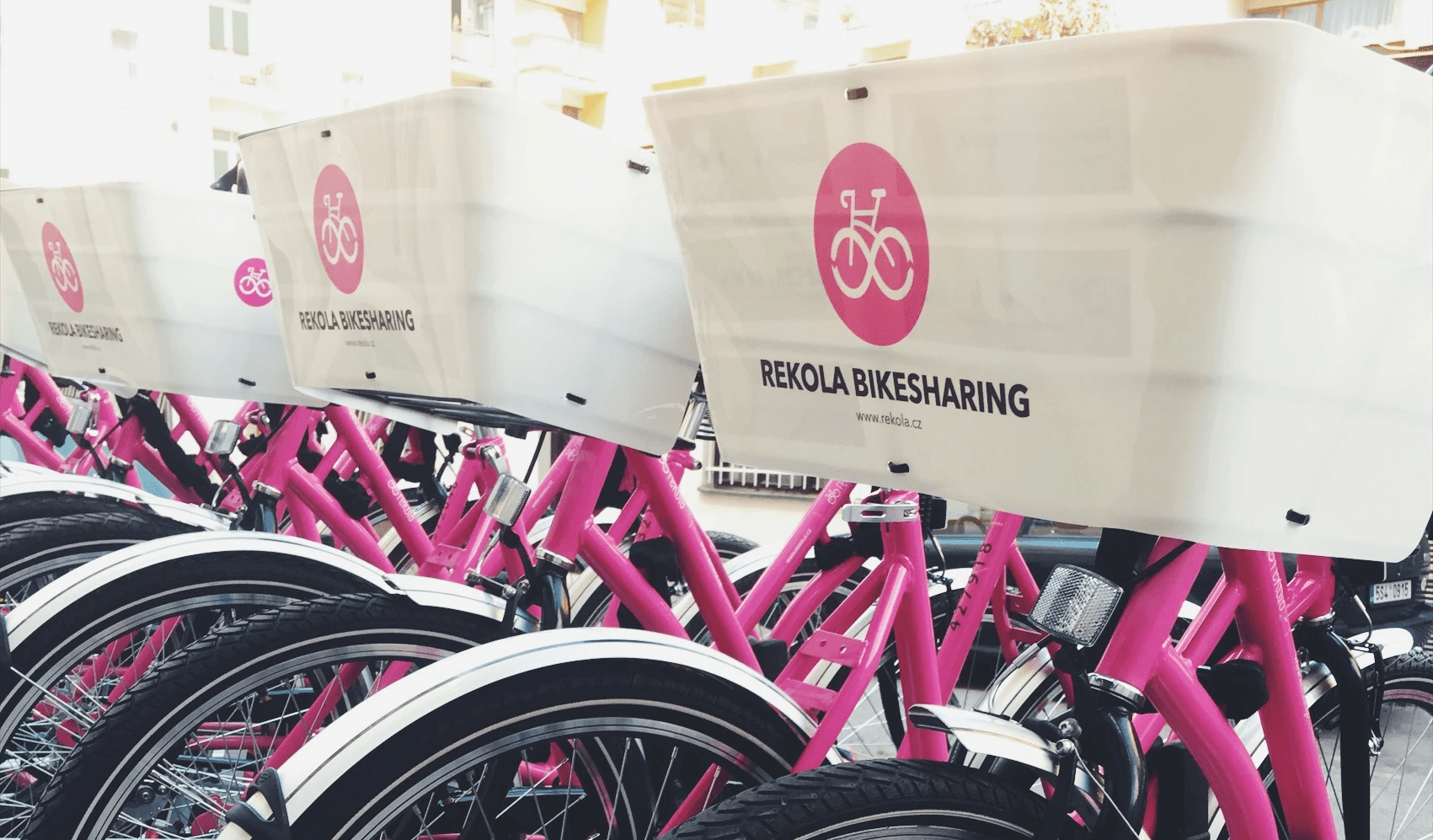Avoid problems, launch faster with
9 recommendations for your bike-sharing system
Let the city pay for rides with a time maximum
We recommend that the contract stipulates that the city pays for rides lasting up to 15 minutes. Bike sharing primarily serves "last-mile" connections, with the majority of trips lasting around 10 to 15 minutes (2-3 kilometers!). By eliminating the need for users to pay for these short rides, it becomes easier for them to try and adopt the service in combination with other forms of public transport. In larger cities with populations of around 100,000 and good public transport, it may be beneficial to link this benefit to public transport monthly or annual passes. However, for smaller cities, we’ve found it most effective to simply state that "short rides are paid for by the city" for all users.
Limit registration fees
Registration fees can sometimes range from €0.01 to €0.05 due to the technical requirements of payment providers. However, some providers may charge up to €2 as a form of "credit," even when the first 15 minutes are subsidized by the city. We believe this could discourage users who are hesitant to pay even a small amount upfront, so this aspect should be addressed in the contract.
Initially, avoid covering the entire city
We recommend starting with 100 bikes covering an area of 4-5 km². It’s more important to have a sufficient number of bikes in specific areas to ensure that citizens can reliably find them. Attempting to cover the entire city will require more bikes and a larger budget. Consider collaborating with neighboring cities to expand the coverage area and share costs. Based on the pilot program, adjustments can be made for the full bike-sharing implementation.
Mandate color-marked parking spots
Our best experiences come from implementing "mandatory parking," where specific spots are designated and marked by color, or where existing bike racks can be utilized. Other spots are only marked in the mobile app. If users return bikes to unauthorized locations, they should incur a penalty. This approach balances the flexibility of a "free-floating system" with the orderliness of a "station-based" model. The designated parking spots can be easily moved, expanded, or removed based on real-world usage data to achieve optimal results.
Select bike types based on city terrain
Unless a city is extremely hilly, mechanical bikes with gears are a popular and cost-effective option. E-bikes, on the other hand, can be 3-4 times more expensive to acquire and maintain due to the need for regular battery replacements. Therefore, we recommend that the majority, if not all, of the bikes be mechanical. For hilly cities, the tender could specify a minimum gear ratio for the "lightest" gear.
Don't require bikes at every station
In cases where a city has limited parking spots—say, every 500 meters—the bikes may often be too far away for users to consider using them. We have seen successful systems with parking spots every 200-300 meters, ensuring that the nearest spot is within 100-150 meters of users. This may even mean having more parking spots than bikes in operation, which is acceptable. The contract can include basic requirements for regularly relocating bikes to keep them conveniently located. The exact parking spot locations can be discussed with the selected provider.
Allow providers to choose bike colors
For the testing period, we recommend not specifying the color of the bikes, allowing providers to utilize their brand colors. For long-term bike-sharing initiatives, it is possible to incorporate "city colors." However, this may come with additional costs, and the cost-benefit ratio is often not significant. Cities typically just want their logo on the bikes and in the app to indicate who is subsidizing the bike-sharing program.
Consider Fixed Pricing vs. Pay-per-Ride
For the testing period, a fixed fee is the most common payment model. This approach makes sense during the pilot phase. For the full bike-sharing operation, we suggest considering a "pay-per-ride" model, which is widely used in the Czech Republic. The tender should specify how much the city pays for each ride. Monthly invoices would be calculated based on the tendered price per ride multiplied by the number of rides that month. This structure motivates the operator to maximize rides, aligning with the city’s objectives.
Establish basic requirements for operators
The city can set qualification criteria for operators but should keep these criteria relatively low. Basic requirements might include having no outstanding debts to the government and providing at least two references from similar operations (i.e., at least 100 bikes in operation for a minimum of 8 months within the last three years). There should be no bank guarantees required, but there should be penalties for failing to meet basic operational requirements. See the standard contract on our Pilot Project page.
Try out shared bikes in your city,
ask providers for a Pilot Project
Learn more about running a Pilot Project
